41 labels and selectors in kubernetes
Assigning Pods to Nodes | Kubernetes 17.07.2022 · You can constrain a Pod so that it is restricted to run on particular node(s), or to prefer to run on particular nodes. There are several ways to do this and the recommended approaches all use label selectors to facilitate the selection. Often, you do not need to set any such constraints; the scheduler will automatically do a reasonable placement (for example, … kubernetes.io › docs › conceptsAssigning Pods to Nodes | Kubernetes Jul 17, 2022 · Pods are namespaced objects in Kubernetes, so Pod labels also implicitly have namespaces. Any label selectors for Pod labels should specify the namespaces in which Kubernetes should look for those labels. You express the topology domain (X) using a topologyKey, which is the key for the node label that the system uses to denote the domain.
GitHub - roboll/helmfile: Deploy Kubernetes Helm Charts sync. The helmfile sync sub-command sync your cluster state as described in your helmfile.The default helmfile is helmfile.yaml, but any YAML file can be passed by specifying a --file path/to/your/yaml/file flag.. Under the covers, Helmfile executes helm upgrade --install for each release declared in the manifest, by optionally decrypting secrets to be consumed as helm …

Labels and selectors in kubernetes
How to use Node Selectors in Kubernetes - HowtoForge nodeSelector is one of the forms of node selection constraint. nodeSelector is a field of PodSpec. This is a simple Pod scheduling feature that allows scheduling a Pod onto a node whose labels match the nodeSelector labels specified by the user. To know more about Node Selects, click here to go to the official page of the Kubernetes. kubernetes.io › docs › tasksAssign Pods to Nodes | Kubernetes Jun 18, 2022 · This page shows how to assign a Kubernetes Pod to a particular node in a Kubernetes cluster. Before you begin You need to have a Kubernetes cluster, and the kubectl command-line tool must be configured to communicate with your cluster. It is recommended to run this tutorial on a cluster with at least two nodes that are not acting as control plane hosts. If you do not already have a cluster ... Nodeselector Kubernetes: Explained - Bobcares A number of primitives in Kubernetes address these scenarios: nodeSelector — This is a simple Pod scheduling feature that allows the user to schedule a Pod on a node whose labels match the nodeSelector labels the user specifies. Node Affinity — This is an improved version of the nodeSelector that was introduced in Kubernetes 1.4 beta.
Labels and selectors in kubernetes. Labels and Selectors in Kubernetes | Medium Labels and Selectors are the standard method to group things together in Kubernetes. We can filter the objects based on the criteria like class, kind, and functions. Labels are the properties... Well-Known Labels, Annotations and Taints | Kubernetes Well-Known Labels, Annotations and Taints Kubernetes reserves all labels and annotations in the kubernetes.io namespace. This document serves both as a reference to the values and as a coordination point for assigning values. Labels, annotations and taints used on API objects app.kubernetes.io/component kubernetes selector: matchlabels - More Than Checks Labels and selectors have many additional uses to the one covered in this post; they are a core part of the Kubernetes platform. Kubernetes offers two ways to match matchLabels and matchExpressions for creating complex selectors. Please be sure to answer the question.Provide details and share your research! Best Practices Guide for Kubernetes Labels and Annotations Kubernetes uses the labels defined in the selector section to distribute the incoming requests to the kubernetes-dashboard service. With a similar approach, replica sets track the number of pods to maintain replicas running on the cluster. Now let's check the selector of the replica set for the dashboard:
› kubernetes-labelsKubernetes labels, selectors & annotations with examples Kubernetes provides labels, selectors and annotations to organize the cluster nodes. These are mostly used with replication controllers and replica sets in a deployment. 7 Common Kubernetes Pitfalls Kubernetes is the industry's most popular open-source platform for container orchestration. However, Kubernetes is complex and requires a steep learning curve. In this article, we will go through some common Kubernetes pitfalls most companies fall to. These are the issues faced by many companies embracing Kubernetes to scale their business. While discussing the problems, we will also highlight ... ReplicationController | Kubernetes A ReplicationController manages all the pods with labels that match the selector. It does not distinguish between pods that it created or deleted and pods that another person or process created or deleted. This allows the ReplicationController to be replaced without affecting the running pods. en.wikipedia.org › wiki › KubernetesKubernetes - Wikipedia Just like labels, field selectors also let one select Kubernetes resources. Unlike labels, the selection is based on the attribute values inherent to the resource being selected, rather than user-defined categorization. metadata.name and metadata.namespace are field selectors that will be present on all Kubernetes objects. Other selectors that ...
Kubernetes - Commvault Automatically discover and back up applications by using labels and selectors or namespaces. Back up Kubernetes-orchestrated clusters, on-premises or cloud (such as GCP, and AWS), and managed Kubernetes PaaS offerings (such as GKE, EKS, and AKS). Back up Kubernetes applications. An application is a Kubernetes deployment, daemonset, or a ... Labels and Selectors | Kubernetes The label selector is the core grouping primitive in Kubernetes. The API currently supports two types of selectors: equality-based and set-based . A label selector can be made of multiple requirements which are comma-separated. In the case of multiple requirements, all must be satisfied so the comma separator acts as a logical AND ( &&) operator. eBPF and custom selectors - Traceable Label Selectors. The label selectors section specifies a list of label selectors that can help select pods based on the pod labels. The Label selectors follow the Kubernetes Selector syntax. For example, - label_selectors: - "app=nginxapp,service_app=true" # ANDed label selector conditions - "foo=baz" - "injector=hackgoapp" medium.com › @zwhitchcox › matchlabels-labels-andmatchLabels, labels, and selectors explained in detail, for ... Jul 15, 2018 · Prequisites: Know what a pod, service, and deployment are. Ok, this is pretty simple, but now one has lain it out for me, so here goes: matchLabel: tells what pods the deployment will apply to.
Announcing load balancer node label selector for Kubernetes on OCI - Oracle Node label selectors are key or value pairs that specify worker nodes that a service-on type load balancer directs traffic to. You can attach them to objects at creation time or added later and modified at any time. Each object can have a set of key or value labels defined. Each key must be unique for a given object.
Kubernetes - Labels & Selectors - tutorialspoint.com Selectors. Labels do not provide uniqueness. In general, we can say many objects can carry the same labels. Labels selector are core grouping primitive in Kubernetes. They are used by the users to select a set of objects. Kubernetes API currently supports two type of selectors −. Equality-based selectors; Set-based selectors; Equality-based ...
Using Namespaces and Selectors With the Kubernetes Java API Using Label Selectors Labels are special fields that contain arbitrary key/value pairs that we can add to any Kubernetes resource as part of its creation. Label selectors are similar to field selector, as they essentially allow filtering a resource list based on its values, but offers more flexibility:
Announcing load balancer node label selector for Kubernetes on OCI - Oracle Node label selectors are key or value pairs that specify worker nodes that a service-on type load balancer directs traffic to. You can attach them to objects at creation time or added later and modified at any time. Each object can have a set of key or value labels defined. Each key must be unique for a given object.
Assign Pods to Nodes | Kubernetes 18.06.2022 · This page shows how to assign a Kubernetes Pod to a particular node in a Kubernetes cluster. Before you begin You need to have a Kubernetes cluster, and the kubectl command-line tool must be configured to communicate with your cluster. It is recommended to run this tutorial on a cluster with at least two nodes that are not acting as control plane hosts.
matchLabels, labels, and selectors explained in detail, for 15.07.2018 · matchLabels, labels, and selectors explained in detail, for beginners Prequisites: Know what a pod, service, and deployment are Ok, this is pretty simple, but now one has lain it out for me, so ...
Kubernetes - Wikipedia Labels and selectors. Kubernetes enables clients (users or internal components) to attach keys called "labels" to any API object in the system, such as pods and nodes. Correspondingly, "label selectors" are queries against labels that resolve to matching objects. When a service is defined, one can define the label selectors that will be used by the service router/load balancer to …
labels package - k8s.io/apimachinery/pkg/labels - Go Packages Package labels implements a simple label system, parsing and matching selectors with sets of labels. Index func Conflicts (labels1, labels2 Set) bool func Equals (labels1, labels2 Set) bool func FormatLabels (labelMap map [string]string) string type ByKey func (a ByKey) Len () int func (a ByKey) Less (i, j int) bool func (a ByKey) Swap (i, j int)
How To Use Kubernetes Labels and Selectors - DevOps Titan During Kubernetes CKA Exam, There will be around 4 to 5 questions that can easily be solved using just imperative commands. So, it's possible to score 20% in first 30 minutes. Second 30 Minutes: Only attempt those questions which may take 5 to 7 minutes and you are confident that you can solve them within 7 minutes for sure.
Understanding label values in Kubernetes and Amazon EKS - Yotascale Kubernetes Label Selectors Equality-based selectors filter a label by key-value pairs using =, ==, and !=. For example: environment = dev app != backend The first expression selects all the resources with an environment key equal to dev and the second expression selects objects whose label app is not backend
› kubernetes › kubernetesKubernetes - Labels & Selectors - tutorialspoint.com Selectors. Labels do not provide uniqueness. In general, we can say many objects can carry the same labels. Labels selector are core grouping primitive in Kubernetes. They are used by the users to select a set of objects. Kubernetes API currently supports two type of selectors −. Equality-based selectors; Set-based selectors; Equality-based ...
Using Kubernetes Annotations, Labels, and Selectors - How-To Geek Annotations, labels, and selectors are used to manage metadata attached to your Kubernetes objects. Annotations and labels define the data while selectors provide a way to query it. Here are the differences between the three concepts, what they're designed for, and how you can use them to manage your resources. Annotations
Using a Service to Expose Your App | Kubernetes Services match a set of Pods using labels and selectors, a grouping primitive that allows logical operation on objects in Kubernetes. Labels are key/value pairs attached to objects and can be used in any number of ways: Designate objects for development, test, and production Embed version tags Classify an object using tags
Kubernetes Labels Demo | rokpoto In short, Kubernetes labels allow to mark certain API objects. This in turn allows you to search for them easily. Kubernetes internally uses labels as well. For example, Kubernetes controllers manage the desired state of only specific pods, labeled ones. Similarly, Kubernetes Services will forward requests to labeled pods only.
Kubernetes (CKAD) - Pod Design - Understand how to use Labels ... You can list labels as columns by using the -L (--label-columns) option of kubectl. $ kubectl get pods -L service,tier Selectors You can use selectors to filter a set of resources. For filtering based on labels, we can use the -l selector. Select only the pods related to the onboarding service.
What is the need of defining .spec.selectors in Kubernetes Deployment ... It must be a subset of the labels specified in the podTemplate. That is why you may have additional labels in your pods. But they will still be managed by the deployment. spec.selector is also used to check is any existing ReplicaSet already matched these conditions. If the Deployment controller found an orphan ReplicaSet, it will be used by ...
The Guide to Kubernetes Labels - LinkedIn Label selectors allow querying different k8s objects via equality and set selection and operating on them. 3. Use Recommended Labels. Kubernetes provides a list of recommended labels that allow a ...
K8s Selectors and Labels | Blog - garrardkitchen There's also a set-based label selector condition. You can read about these here labels and selectors. ... The selector instructs Kubernetes to match on the app label for those that have a value of nginx and that the foo label that has the value of baa. spec: selector: matchLabels: app: ...
› use-node-selectors-in-kubernetesHow to use Node Selectors in Kubernetes - HowtoForge Kubernetes Cluster with at least 1 worker node. If you want to learn to create a Kubernetes Cluster, click here. This guide will help you create a Kubernetes cluster with 1 Master and 2 Nodes on AWS Ubuntu 18.04 EC2 Instances. What we will do. Configure Node-Selectors; Configure Node-Selectors
Recommended Labels | Kubernetes You can visualize and manage Kubernetes objects with more tools than kubectl and the dashboard. A common set of labels allows tools to work interoperably, describing objects in a common manner that all tools can understand. In addition to supporting tooling, the recommended labels describe applications in a way that can be queried.
Kubernetes labels, selectors & annotations with examples Labels. Labels give us another level of categorization, which becomes very helpful in terms of everyday operations and management. Labels are attached to Kubernetes objects and are simple key: value pairs.; You will see them on pods, …
Prometheus: Configure multiple label selectors for kubernetes_sd ... I want to configure Prometheus with Kubernetes Service Discovery and filter pods by labels. Unfortunately, the following way doesn't work: kubernetes_sd_configs: - role: pod selectors: - role: pod label: "app=MyApp" - role: pod label: "type=client" I get an error:
How adding Kubernetes label selectors caused an outage in Grafana Cloud ... You can also use selectors in combination with kubectl commands to target certain pods for adhoc commands. In our case, we use the labels and selectors to target all pods running memberlist (label gossip_ring_member: 'true' ) and create a Kubernetes service gossip_ring that all pods use in order to join the memberlist cluster via join_members here.
Kubernetes Labels, Selectors & Annotations — Chapter 10 Labels. Labels are key/value pairs that are used to add metadata to Kubernetes objects. They can be used to select and group subsets of objects in the cluster. Labels are added to an object in the ...
Using Kubernetes Services, Part 2 - Mirantis Labels are simple but powerful tools that are essential to how Kubernetes works. Suppose we want information on all of the services that are part of our overall app's backend. We can use selectors to identify those services via labels (specified here using the -l argument):
Is there an python API function to read labels from kubernetes ... I am trying to find an API function to read the keys and values of all the labels in a kubernetes statefulset. Can anyone point me to an example or documentation on how this can be done? ... from kubernetes import client, config # Configs can be set in Configuration class directly or using helper utility config.load_kube_config() v1 = client ...
GitHub - kubereboot/kured: Kubernetes Reboot Daemon Introduction. Kured (KUbernetes REboot Daemon) is a Kubernetes daemonset that performs safe automatic node reboots when the need to do so is indicated by the package management system of the underlying OS. Watches for the presence of a reboot sentinel file e.g. /var/run/reboot-required or the successful run of a sentinel command.
Nodeselector Kubernetes: Explained - Bobcares A number of primitives in Kubernetes address these scenarios: nodeSelector — This is a simple Pod scheduling feature that allows the user to schedule a Pod on a node whose labels match the nodeSelector labels the user specifies. Node Affinity — This is an improved version of the nodeSelector that was introduced in Kubernetes 1.4 beta.
kubernetes.io › docs › tasksAssign Pods to Nodes | Kubernetes Jun 18, 2022 · This page shows how to assign a Kubernetes Pod to a particular node in a Kubernetes cluster. Before you begin You need to have a Kubernetes cluster, and the kubectl command-line tool must be configured to communicate with your cluster. It is recommended to run this tutorial on a cluster with at least two nodes that are not acting as control plane hosts. If you do not already have a cluster ...
How to use Node Selectors in Kubernetes - HowtoForge nodeSelector is one of the forms of node selection constraint. nodeSelector is a field of PodSpec. This is a simple Pod scheduling feature that allows scheduling a Pod onto a node whose labels match the nodeSelector labels specified by the user. To know more about Node Selects, click here to go to the official page of the Kubernetes.





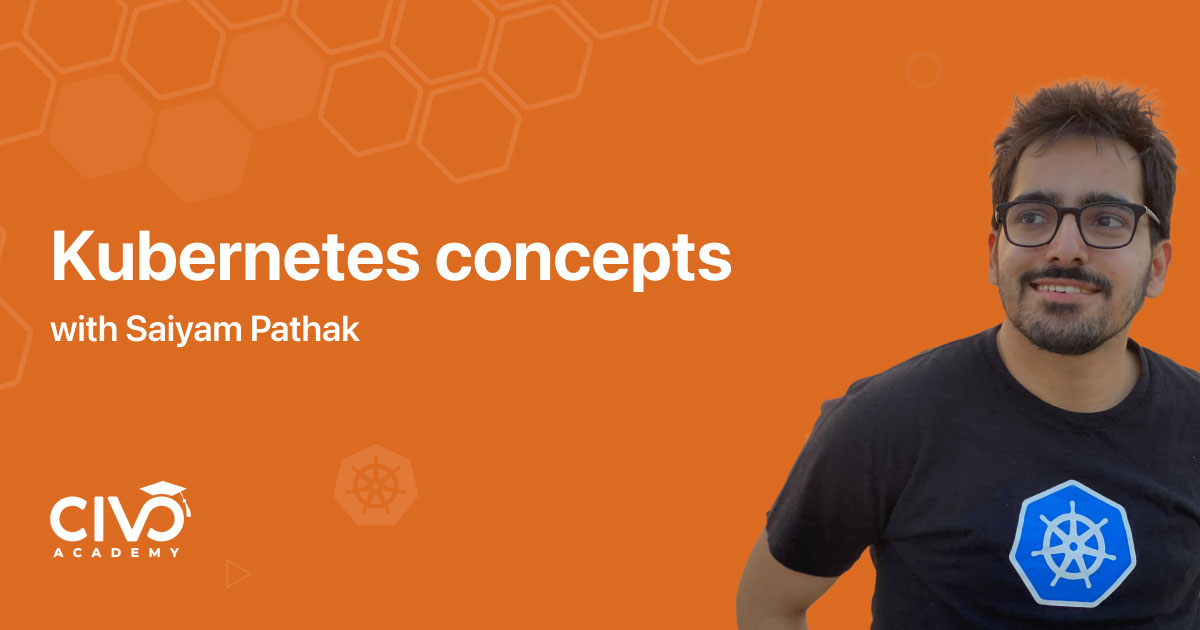


.jpeg)










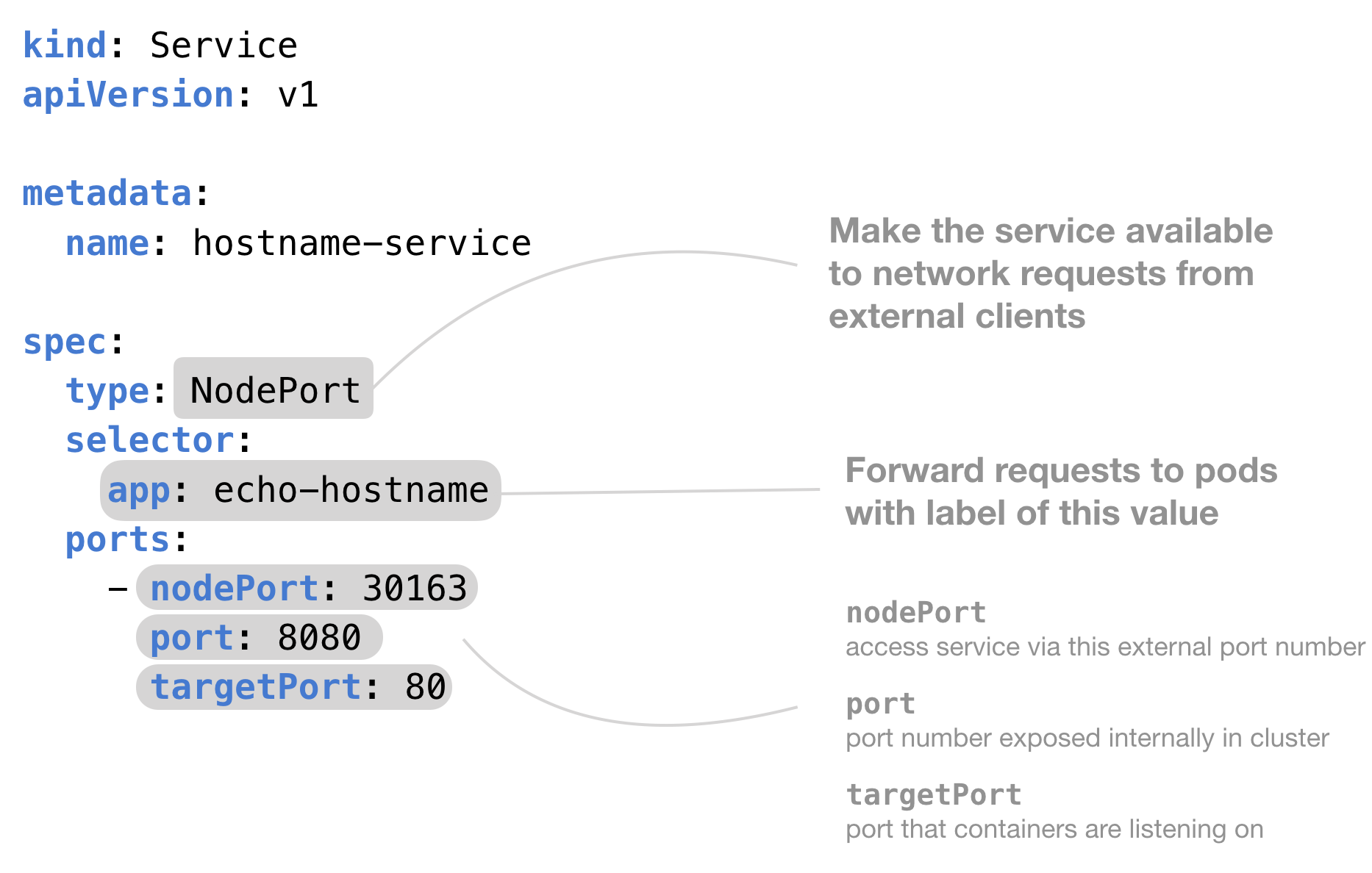


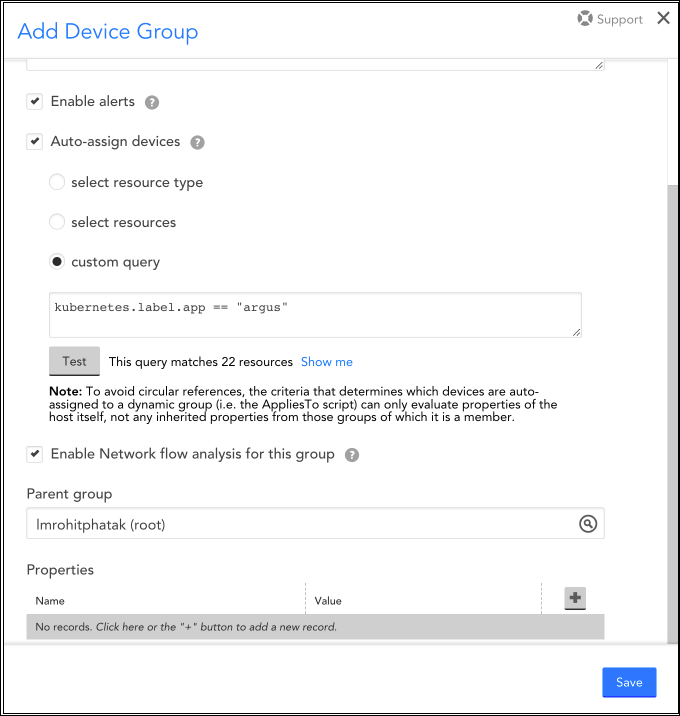


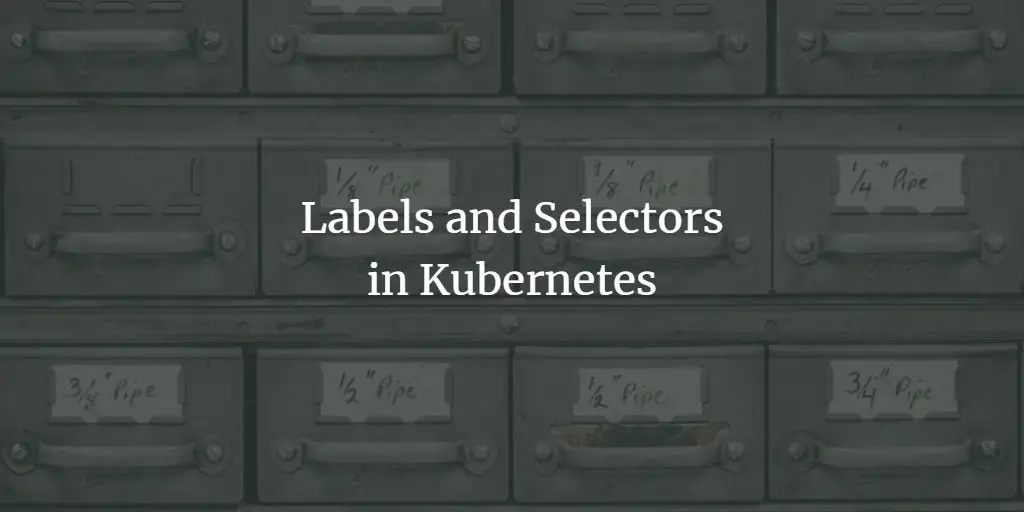
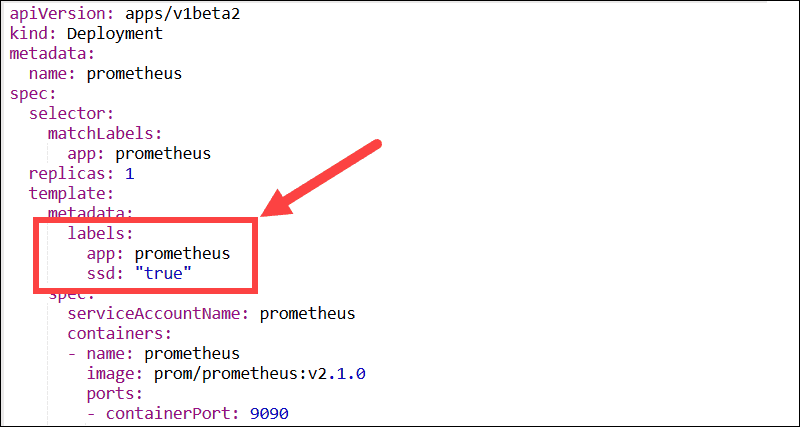







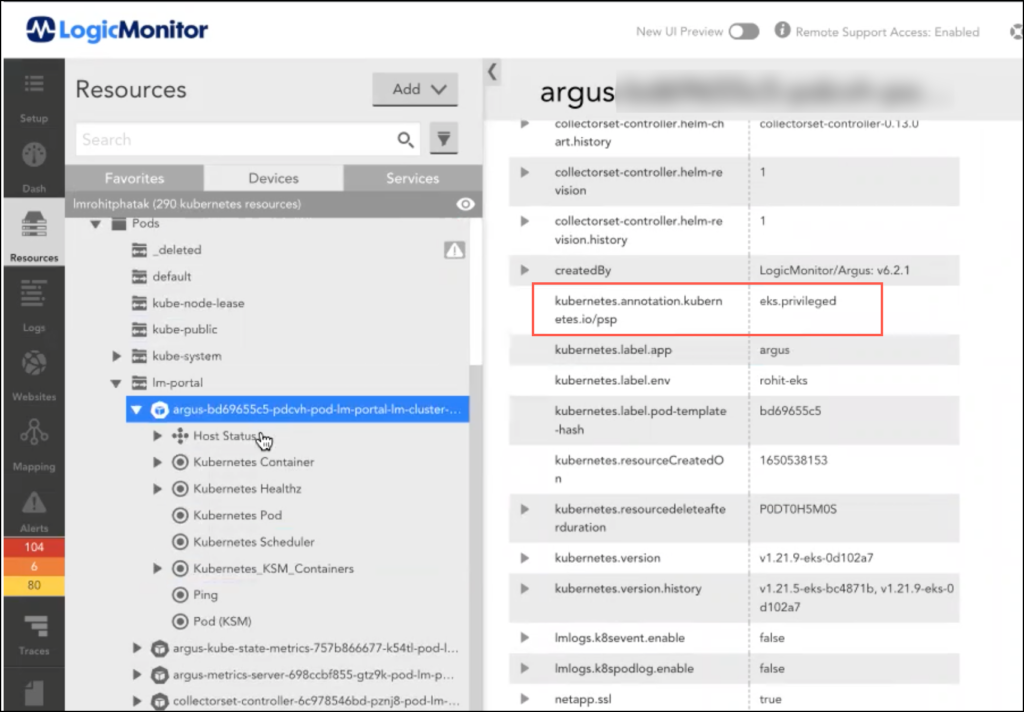



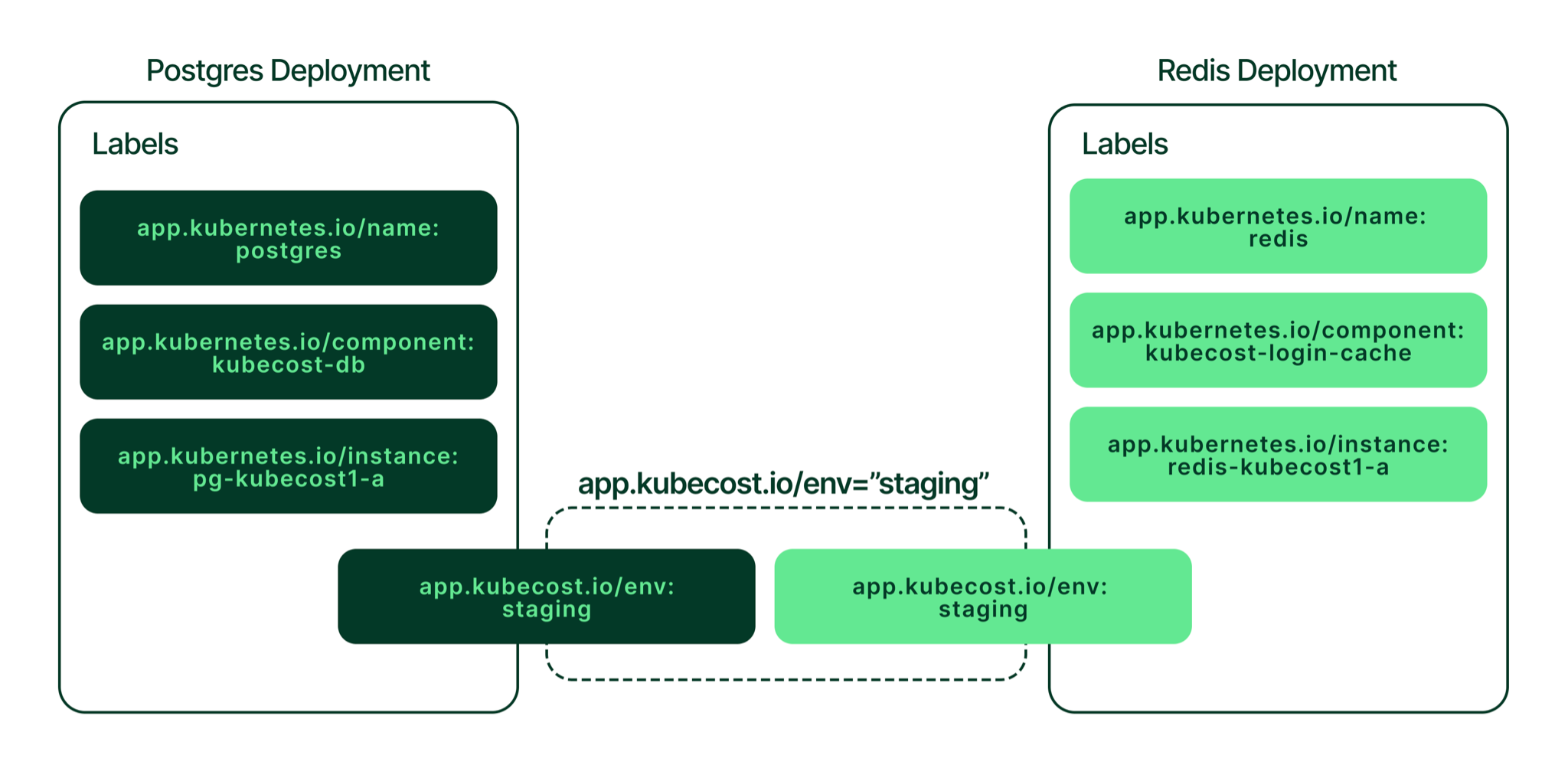
Post a Comment for "41 labels and selectors in kubernetes"